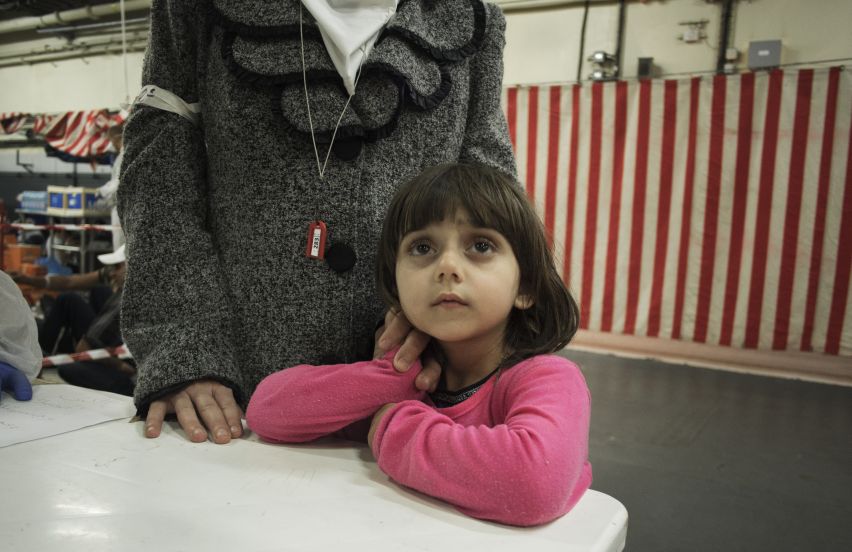A Fund for Education in Emergencies: The Private Sector Weighs In

Photo by UNHCR/A. DAmato.
Dubbed the “year of fear” by UN Special Envoy for Global Education, Gordon Brown, at a recent United Nations press conference in New York, 2015 brought with it the aftermath of the largest Ebola epidemic in history and protracted crises in Syria, The Eastern Democratic Republic of Congo, South Sudan, Burma, Nigeria and the Central African Republic. This year, more than 825,000 children will be trafficked, five million girls will be married off before they turn 15 and 85 million child laborers will report to work only to labor in hazardous conditions. It is, in fact, the worst year for children living in conflict since 1945, according to Brown.
Brown’s tag for 2015 came just one day before the 2015 World Education Forum (WEF) in Incheon, South Korea was scheduled to wrap up on May 22. More than 130 high-level leaders and 1,500 of the world’s top education experts and advocates gathered at WEF to agree to targets for the next 15 years of global education.
The forum included a discussion about the call for an emergency fund or mechanism to restore safe places to play and learn in conflicts and emergencies when access to schools is not possible or school walls have been destroyed by bombings or mudslides. There is a great need to create accessible, rapid financing which draws from a wide net of sources to mitigate emergency situations like the recent earthquake in Nepal.
While the consensus on the need for a better emergency vehicle is clear – research shows that every $1 invested in disaster preparation is worth $7 of economic loss if those measures are not taken — how this will enable the private sector to contribute remains unclear. Will companies be better able to engage in the international relief dialogue beyond their charitable donations? Will there be a way to invest that aligns with the company’s mission and core business? How easy will it be to monitor investment and track impact?
Alongside the discussion raised at the WEF — and with the support of the Inter-Agency Network for Education in Emergencies (INEE) — GBC-Education consulted business leaders on the potential mechanism and the work being done so far to think through this solution. One thing was clear from our dialogue: business supports the creation of an emergency fund for education. In short, according to those who weighed in so far, it should look something like this:
THE STRUCTURE:
The fund could take on one of two forms: Either a pooled fund that companies can contribute to philanthropically, or an investment vehicle that both disseminates and actively invests funds in interventions. Tested interventions with measurable impact should lay the foundation for the relief, while aid itself should target the phase of the crisis such that investments support life skills and psychosocial support. The relief strategy shouldn’t mend only the present situation, but should lay the stepping-stones for the future as the Overseas Development Institute draft paper suggests.
THE RECIPIENTS:
The most marginalized children (i.e. girls, refugees and the internally displaced) would be the first priority and funding should strategically address the specific and cross-cutting barriers to access in each circumstance. For instance, when sanitation facilities are destroyed, girls may be forced out of school because they have no safe, private place to use the bathroom or take care of their menstrual hygiene.
THE PLAYERS:
All potential investors and financing recipients should be at the table — including NGOs, government, businesses and public figures. The fund could accelerate business engagement by facilitating due diligence and coordination with other efforts. Companies should look to invest in education during emergencies because of the impact on long-term operations, including workforce needs, customer loyalty and fostering long-term relationships with the community.
THE QUALITY CONTROL:
Data will be critical to ensuring investments are effective, responsible and target those in greatest need. Companies should support the development of an Education Management Information System (EMIS) to better prepare countries ahead of a disaster or emergency. Readily available data can help rapidly assess damage to an education system during a crisis and the true needs of those affected. This impact analysis will better inform the contributions and roles that all companies can play during crises. Whether the financing vehicle resembles a capital market, a post-crisis social impact bond or a government-based matched financing program, accountability of resources is paramount.
